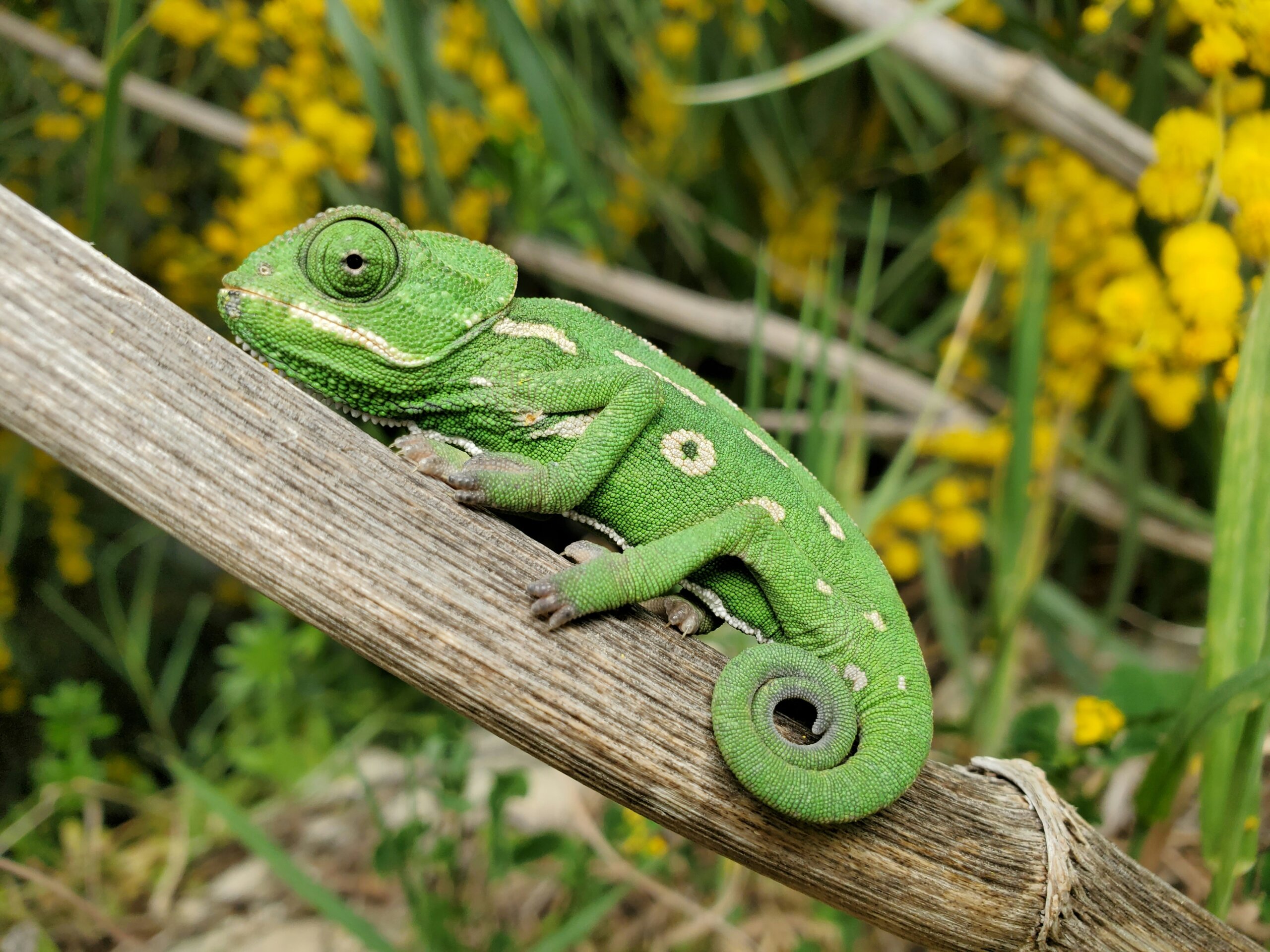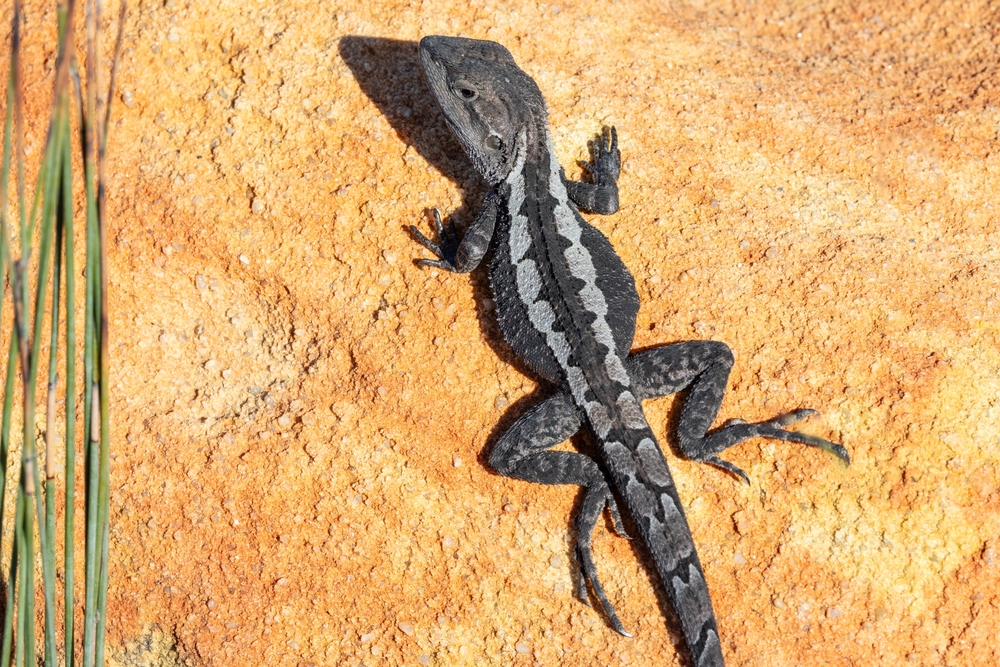Welcome, aspiring biologists, to an exciting journey into the world of reptiles and their integration into science education! If you’ve ever been fascinated by the diverse and intriguing world of these scaly creatures, you’re in for a treat. In this guide, we’ll explore the importance of incorporating reptiles into your biology studies, providing you with valuable insights and tips to enhance your learning experience. So, grab your notebooks and get ready to embark on a reptilian adventure!
Why Reptiles Matter in Biology Education
Before we delve into the practical aspects of integrating reptiles into your science education, let’s take a moment to understand why these cold-blooded creatures are worth studying. Reptiles play a crucial role in ecosystem dynamics, serving as both predators and prey in various habitats around the world. By studying reptiles, you gain a deeper appreciation for the interconnectedness of life on Earth and the delicate balance that sustains it. Plus, let’s face it, there’s something undeniably cool about snakes, lizards, and turtles that captures the imagination and ignites curiosity.
Now, you might be wondering, “But how does studying reptiles help me with my biology coursework?” Well, while some sites can help do your math homework, studying reptiles can provide a richer understanding of ecological principles and evolutionary processes. By observing and analyzing the behavior, anatomy, and physiology of reptiles, you gain valuable insights into fundamental biological concepts such as adaptation, natural selection, and biodiversity. So, the next time you’re studying the intricate web of life, remember to factor in the important role that reptiles play in shaping our understanding of the natural world.
Tips for Integrating Reptiles into Biology Education
Now that we’ve established the significance of studying reptiles let’s explore some practical tips for incorporating these fascinating creatures into your educational journey. Whether you’re learning in a classroom setting or pursuing independent studies at home, there are plenty of opportunities to engage with reptiles and deepen your understanding of biology.
Exploring Reptile Diversity
One of the first steps in integrating reptiles into your biology education is to familiarize yourself with the incredible diversity of reptilian species. From venomous snakes to colorful chameleons, reptiles come in all shapes and sizes, each adapted to thrive in its specific environment.
Take the time to research different reptile species and learn about their unique characteristics, habitats, and behaviors. You can create a “reptile species profile” project where you select a specific reptile species to study in-depth, documenting its biology, ecology, and conservation status.
Hands-On Learning with Reptiles
One of the most effective ways to learn about reptiles is through hands-on experience. If possible, consider volunteering at a local reptile rescue center, zoo, or nature preserve where you can assist with caring for reptiles and observing their behavior up close. Many educational institutions also offer reptile-focused workshops or field trips where you can interact with live specimens and participate in research projects.
Additionally, you can create your own mini “reptile habitat” at home, complete with tanks or terrariums housing non-venomous reptiles like geckos or corn snakes. Just be sure to do your research and provide proper care for your reptilian companions.
Engaging in Citizen Science Projects
Another fantastic way to integrate reptiles into your biology education is by participating in citizen science projects focused on reptile research and conservation. Citizen science initiatives allow students to contribute valuable data to ongoing scientific research while gaining hands-on experience in the field.
Look for opportunities to join reptile monitoring programs or assist with habitat restoration projects in your local area. By actively participating in these projects, you’ll not only deepen your understanding of reptiles but also make a meaningful impact on their conservation efforts.
Incorporating Reptiles into Classroom Activities
For teachers and educators, incorporating reptiles into classroom activities can enhance student engagement and foster a deeper appreciation for biology. Consider incorporating reptile-themed lessons, experiments, and demonstrations into your curriculum to provide students with interactive learning experiences.
For example, you could organize a reptile anatomy dissection lab to explore the unique adaptations of reptiles or host a reptile-themed debate on conservation issues. By making reptiles a central focus of your classroom activities, you can inspire curiosity and spark a passion for science in your students.
Utilizing Online Resources and Virtual Field Trips
In today’s digital age, there is a wealth of online resources and virtual field trips available to students interested in learning about reptiles. Take advantage of virtual tours of reptile exhibits at museums and zoos, interactive websites with educational videos and games, and online forums where you can connect with reptile enthusiasts and experts.
Additionally, many organizations offer live-streaming events and webinars focused on reptile biology, ecology, and conservation. By leveraging these online resources, you can supplement your classroom studies and explore the world of reptiles from the comfort of your own home.
Promoting Reptile Conservation and Advocacy
Finally, as budding biologists, it’s essential to recognize the importance of reptile conservation and advocacy. Reptiles face numerous threats, including habitat loss, climate change, pollution, and illegal wildlife trade. As stewards of the natural world, it’s our responsibility to take action to protect these vulnerable species and their habitats.
Get involved in local conservation efforts, volunteer with reptile rescue organizations, and raise awareness about the importance of reptile conservation in your community. By becoming advocates for reptiles, you can make a meaningful difference in preserving these fascinating creatures for future generations to enjoy.
Final Thoughts
As you embark on your journey to integrate reptiles into your biology education, remember to approach the process with curiosity, respect, and a sense of wonder. Reptiles offer a window into the complexity and beauty of the natural world, inviting us to explore and learn with open minds and eager hearts.
By embracing the study of reptiles, you’re not only expanding your knowledge of biology but also contributing to the broader scientific community’s understanding of life on Earth. So, keep exploring, keep learning, and above all, keep marveling at the extraordinary diversity of reptilian life!



